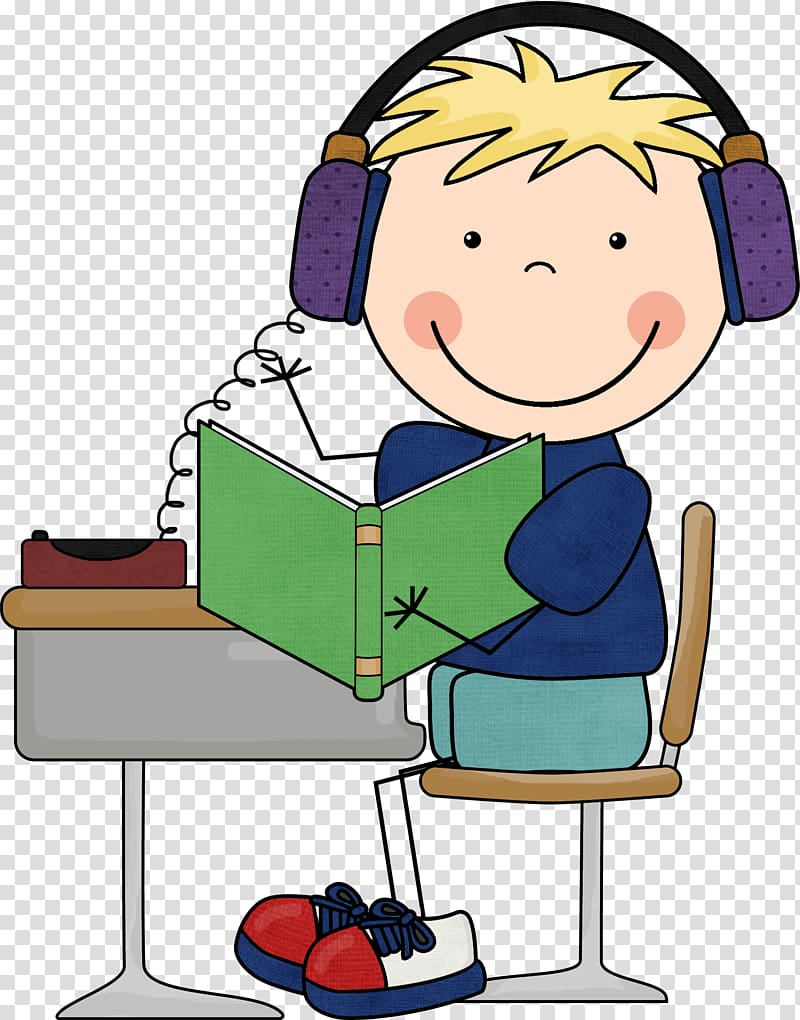

By making art a part of the national curriculum, we give the next generation of artists, designers, engineers, creators and cultural leaders the opportunity to develop the imagination and skills that are vital to our future.Students from low-income families who take part in arts activities at school are three times more likely to take a degree.Studying the arts can also help with understanding, interpreting and negotiating the complexities and diversity of society Studying arts subjects also increases social mobility – encouraging and motivating students from low-income families to go into higher education. It has definitely helped’Īrts and cultural learning is more important than ever for the health of our communities and our societyĬreativity is essential in a global economy that needs a workforce that is knowledgeable, imaginative and innovative. As a drama student at King Ethelbert’s School, Kent commented: ‘Like with every yes, there is like 10 nos… It has taught me that if I work on it, I will get there eventually.

It teaches us that it is okay to fail, to not get things totally right the first time and to have the courage to start again.

When you study art you learn to work both independently and collaboratively, you also gain experience in time management – skillsets valued by employers.Making and participating in the arts aids the development of these skills These are skills that employers value alongside qualifications. The leading people in any field are those who can think creatively and innovatively.Schools that integrate arts into their curriculum show improved student performance in Maths, English, critical thinking and verbal skills.Īrts education can also help with developing skills and ways of working that will benefit you in the future in whatever career you choose. As well as knowledge of different art forms, media and techniques you can also gain specialist skills in areas such as photography and digital technologies.Īrt may not be your favourite subject, but studying the arts alongside other subjects significantly boosts student achievement. Studying art and design provides the opportunity to acquire new skills.The art teacher is someone they can bounce ideas off rather than telling them what to do. Students comment on the bonds they form with classmates because of their shared interests and ideas. The way art is taught means that interaction with other students and with the teacher is different in art and design classes.The art room is a space where students have the freedom to express their ideas and thoughts and work creatively.There are trays for drying work on, or work is pegged up over the sink, like clothing on a washing line.’

Often there is a kiln, sometimes a dark room too. There are large art books for students to reference. ‘There are piles of sketchbooks, jars with pencils, paintbrushes, sinks splattered with paint. On her visit to Archbishop Tenison School in London TALE researcher Lexi Earl describes the bustle of the art classroom: The art room is a very different space to other spaces in the school. Whether you’re choosing art as a GCSE would like to study art or design at university or are a parent or teacher interested in arts education: explore, join in and have your say! We have pulled together some of these voices and findings from TALE and other research, as well as helpful resources on studying art. The research drew from the experience and voices of thousands of young people and their teachers in secondary and special schools. In 2018 a landmark research project commissioned by Arts Council England, and undertaken by the University of Nottingham, called Tracking Learning and Engagement in the Arts (TALE) outlined the overwhelmingly positive benefits of arts and cultural education for young people. This has led to a steady decline in the number of students choosing to study arts subjects at school. Subjects including art, music and drama are often sidelined in the curriculum. In the UK, school time and budgets are under pressure and school inspections increasingly value ‘core’ subjects as the indicators of school level and success.


 0 kommentar(er)
0 kommentar(er)
